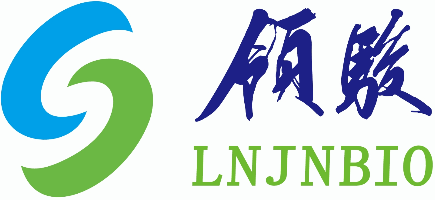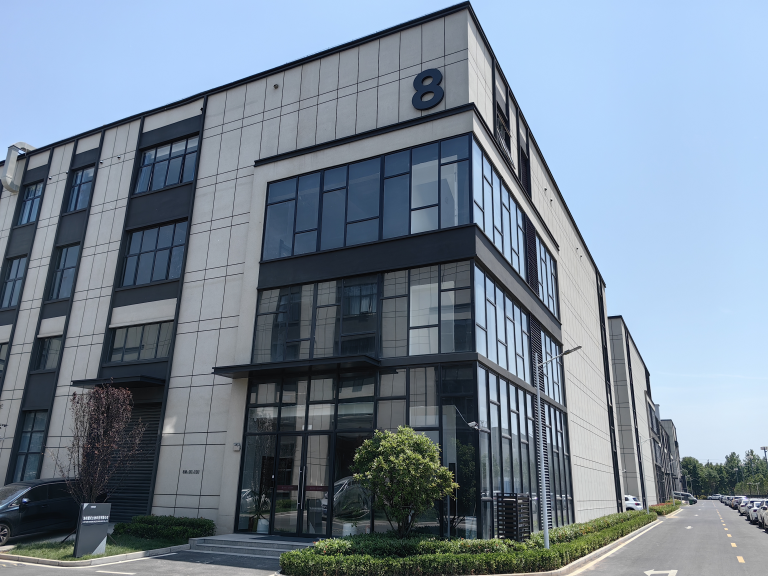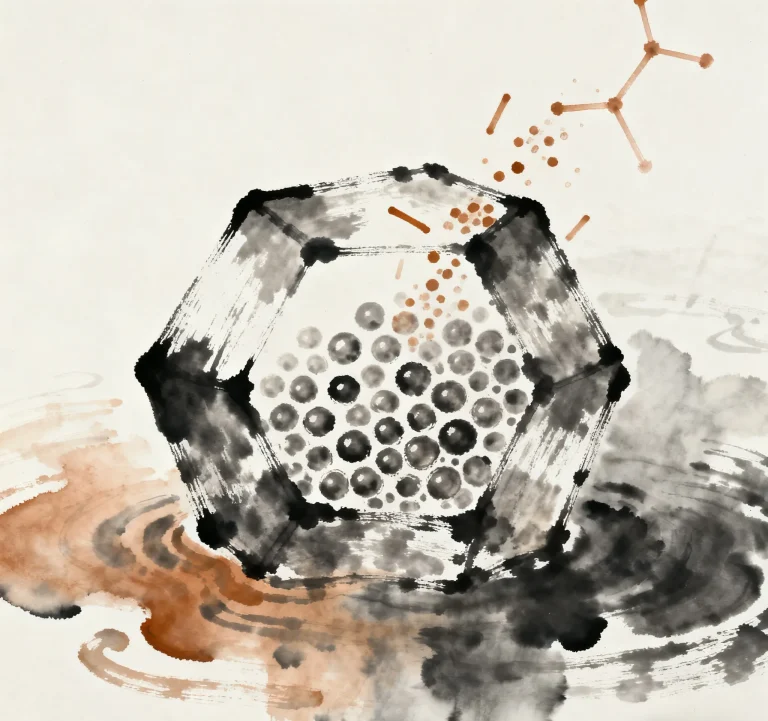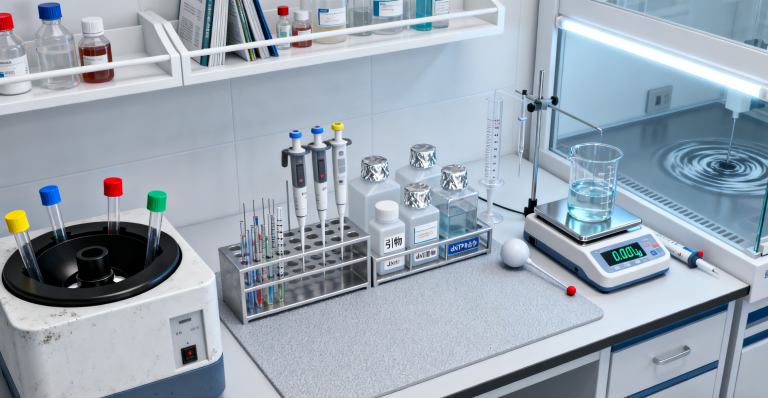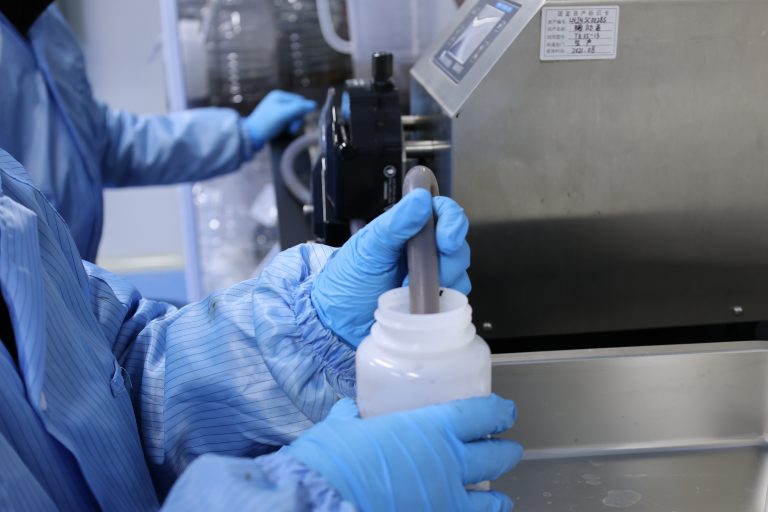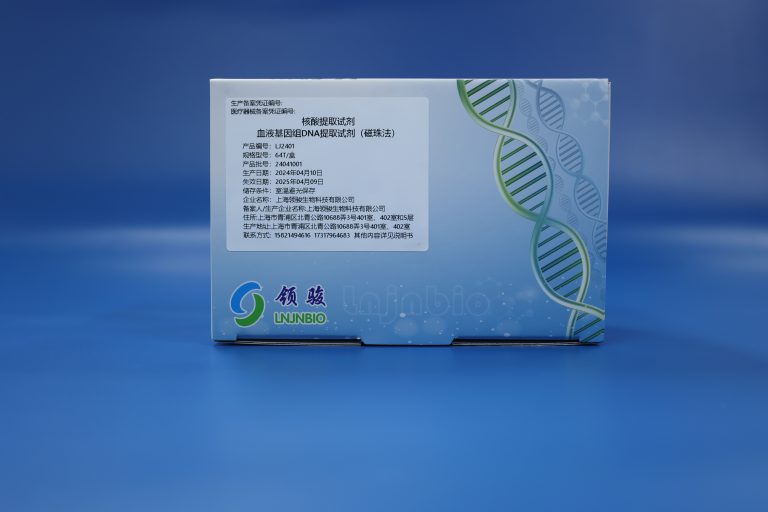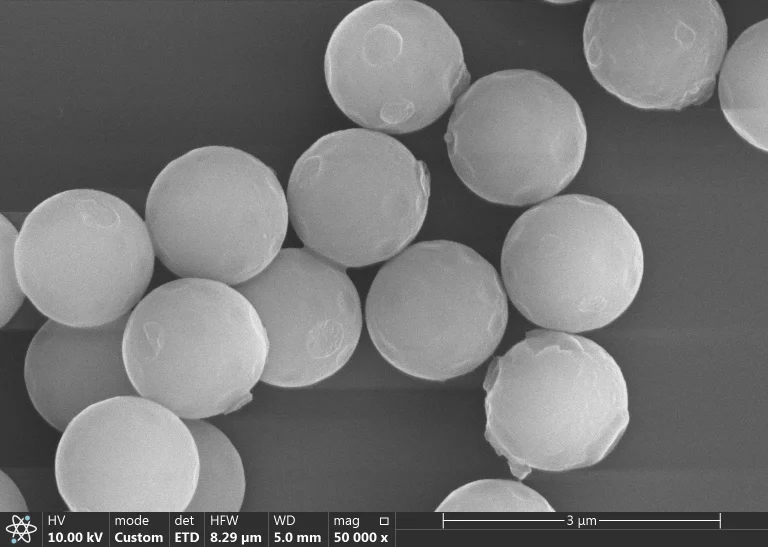Professional Manufacturer of Biomagnetic Beads

Why are more and more college teachers using the magnetic bead method instead of the traditional one?
In recent years, magnetic bead-based nucleic acid extraction technology has been rapidly popularized in universities and research institutions, gradually replacing the traditional phenol-chloroform extraction and centrifugal column methods. This is mainly attributed to its high efficiency, potential for automation, safety, and adaptability to complex samples. The following is the specific analysis of the reasons:
1. Easy to operate and compatible with high-throughput automation
Pain points of traditional methods
Phenol-chloroform method: It requires multiple centrifugations and phase separations, is cumbersome to operate and prone to contamination.
Centrifugal column method: It involves many manual steps (such as lysis, column passing, washing, etc.) and has a low throughput.
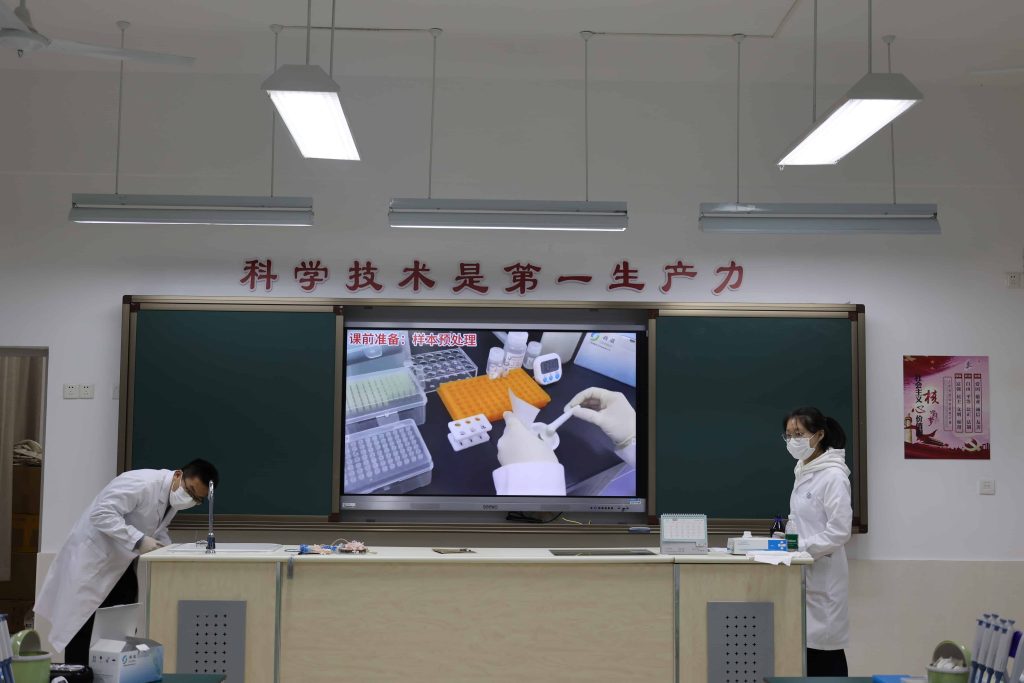
Advantages of the magnetic bead method
After the magnetic beads bind to nucleic acids, they can be rapidly separated through a magnetic field (without the need for centrifugation) and directly integrated into a 96-well plate automated platform, which is suitable for large-scale sample processing (such as epidemiological screening and omics research).
Case: During the COVID-19 pandemic, the magnetic bead method became the preferred choice for high-throughput nucleic acid testing.
2. Higher extraction efficiency and purity
Strong binding specificity
Silicon-based magnetic beads selectively adsorb nucleic acids under high-salt conditions, reducing protein and polysaccharide contamination (the traditional phenol-chloroform method is prone to residual organic solvents, and the centrifugal column method is prone to clogging).
High recovery rate
Magnetic beads have a large surface area, and their capture efficiency for small DNA/RNA fragments and low-concentration samples is superior to that of centrifugal columns (for example, the recovery rate of cfDNA extraction is increased by 20% to 30%).
Data support
Literature reports that the A260/A230 ratio of plant RNA extracted by magnetic bead method is generally greater than 2.0, while the traditional method often leads to a ratio of less than 1.5 due to polysaccharide residue.
3. Wider sample applicability
Complex sample processing capability
The magnetic bead method can be adapted to difficult-to-extract samples such as plant tissues, feces, soil, and FFPE sections by adjusting the buffer solution (such as adding CTAB or PVPP), while the centrifugal column method is prone to clogging.
Flexibly respond to trace samples
Magnetic beads can bind to trace amounts of nucleic acids (such as Pg-level DNA in single-cell sequencing), but the loss rate of traditional methods is high.
4. Safety and environmental protection advantages
Avoid toxic reagents
The magnetic bead method does not require carcinogens such as phenol and chloroform, reducing the health risks to laboratory personnel.
Reduce plastic waste
The centrifugal column method consumes a large amount of plastic consumables, while the magnetic bead method can reuse magnetic beads (for example, some models can be recycled 35 times), which is more environmentally friendly.
5. Optimization of cost-benefit ratio
High initial cost, more economical in the long term
Although the unit price of magnetic bead reagents is high, automation can reduce labor costs and is especially suitable for large-scale projects.
University case: A laboratory’s comparison found that when processing 1,000 samples, the total cost of the magnetic bead method was 15% to 20% lower than that of the centrifugal column method.
Acceleration of domestic substitution
Domestic magnetic beads (such as Nanomicro and Borui) have performance close to imported brands, but their prices are only 1/3 to 1/2, which promotes their popularization.
6. Technology Integration and cutting-edge applications
Compatible molecular diagnostic technology
The nucleic acids extracted by the magnetic bead method can be directly used for qPCR, NGS and CRISPR detection without additional purification.
Demand in emerging fields
Single-cell sequencing, liquid biopsy (ctDNA), and other methods that require high-purity nucleic acids, the magnetic bead method is the mainstream choice.
The selection logic of universities/research institutions
1. Efficiency-driven: The labor cost for postgraduate students is high, and automation liberates labor.
2. Data quality requirements: High-throughput sequencing and other methods require high-purity nucleic acids, and the magnetic bead method is more reliable.
3. Safety and Compliance: EHS (Environmental Health and Safety) management in colleges and universities is becoming stricter, and phenolic reagents are being phased out.
Future trends
The surface modification of magnetic beads is diverse: such as EPCAM-modified magnetic beads suitable for exosome extraction.
Microfluidic integration: The combination of magnetic bead method and Lab-on-a-chip to achieve “sample in, result out”.
Magnetic bead method, with its characteristics of “safety, efficiency and flexibility”, has become the mainstream choice for nucleic acid extraction. Especially in the context of the demand for complex samples and high throughput in scientific research scenarios, it is inevitable to replace traditional methods.
Supplier
Shanghai Lingjun Biotechnology Co., Ltd. was established in 2016 which is a professional manufacturer of biomagnetic materials and nucleic acid extraction reagents.
We have rich experience in nucleic acid extraction and purification, protein purification, cell separation, chemiluminescence, and other technical fields.
Our products are widely used in many fields, such as medical testing, genetic testing, university research, genetic breeding, and so on. We not only provide products but also can undertake OEM, ODM, and other needs. If you have a related need, please feel free to contact us .
